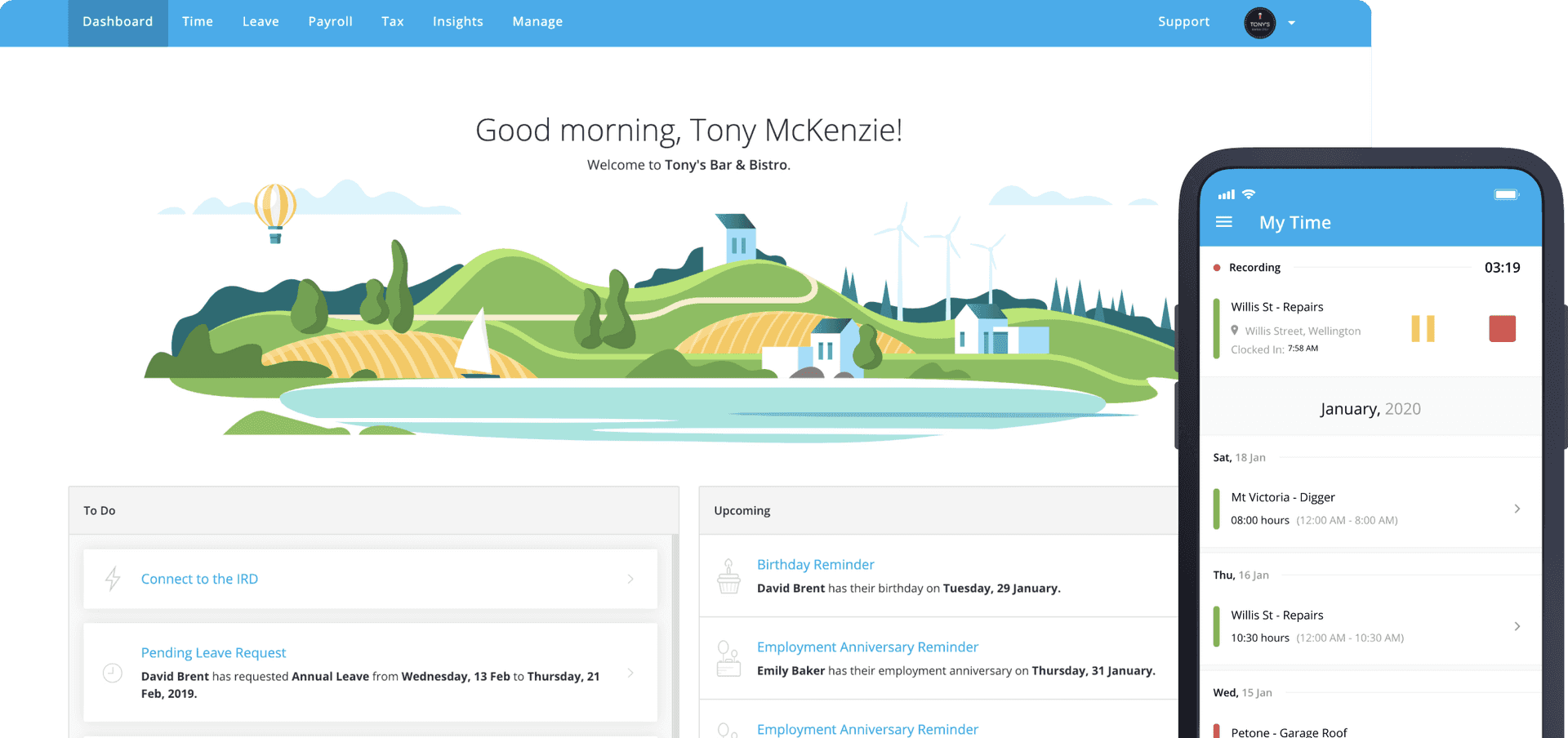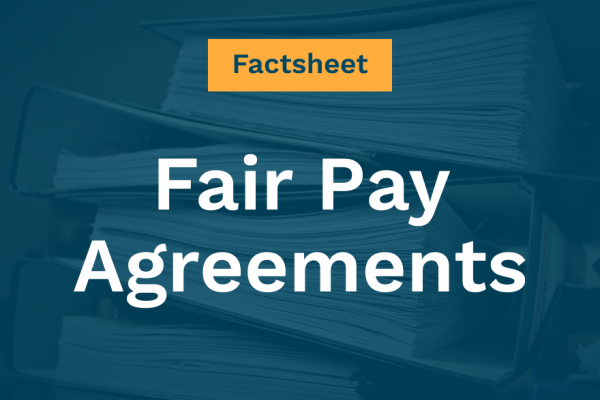Hiring & Growth
Eight tips for retaining staff in a tight market
September 7, 2021
When employees are spoiled for choice in the job market, HR departments and recruitment managers may need to adjust their hiring strategies to find the people they need.
Equally important is a review of your employee retention rate to ensure you keep your people on board and don’t lose them to another business offering better conditions or more opportunities.
Here are eight fundamental considerations to making your employees feel valued and recognised.
1. Start at the very beginning…
A great idea is to structure your recruitment techniques to fully engage future employees with your company at the outset.
Along with the inevitable shift which takes place in a competitive job market; it’s now incumbent on you, the employer, to showcase your workplace to a potential employee and make it stand out from the others.
So, start as you mean to continue, and consider how your business comes across in the recruitment phase. Can job prospects really see what it would be like to work with you? Does your company’s social media presence showcase your employer brand? Internal videos showing business activities, existing employees and any employee perks can really help. And remember, your prospect’s time is valuable, so try not to waste it. For larger businesses, a recruitment evening or open day can work well.
Helping potential employees connect with the essence of who you are and what you do as a company is the first step to standing out from the crowd.
2. Get really clear on your company culture.
Organisational culture is a collective term referring to how the various parts of your business relate to each other and how they affect your staff.
From the openness of your leadership and the nature of your decision-making to communication styles and your approach to learning, innovation and change, analysing these elements of the business will help you get a clear understanding of the nature of the work environment you currently offer.
Go one step further and give employees the chance to discuss or comment on company culture - anonymously if they prefer - to get an idea of whether the culture your staff experience is close to the one you want to offer. Are there gaps between what you want to do, what the staff experience, and where you want to be? Develop a plan to close those gaps, then work to reinforce the new culture within your business.
If employees have been involved with the process, it should ultimately lead to an improvement in their levels of satisfaction, loyalty and willingness to stay put. It will also help you determine the type of culture your business offers to new employees from the get-go.

3. Value attitude over skill.
In a tight labour market it’s important to stay open to different methods which might achieve the same, or even improved, ends, as the tried-and-true you’ve always used. Recognise any employees who show potential, and consider offering training or up-skilling in order to move them into other areas of the business that have staffing gaps.
Allow newer employees to see a clear pathway to promotion within the business so they can see career potential for themselves if they stick around. Make staff feel special and appreciated when they achieve milestones within the company, and ensure employee recognition is always high on the agenda.
Offering plenty of training and development opportunities, even if the learning is unrelated to the employee’s current job, can also improve productivity and promote loyalty from an appreciative staff.
4. Yes, employees need perks, because rewarded staff = loyal staff.
Job satisfaction surveys repeatedly indicate most employees are not solely motivated by their take-home pay, and employee recognition is almost always as important.
If you don’t already have a reward system in place, get creative and think about how you can offer little extras. Some companies now offer ‘birthday leave’, or ways to recognise other family or personal occasions, anniversaries or achievements. Employee share schemes can also be a fantastic way to engage and incentivise employees.
Sponsoring sports teams, providing out-of-office social activities, discounts or other rewards are all cost-effective ways for you to reward your staff and build loyalty. Even a simple hand-written note of thanks or card of recognition is a small gesture often overlooked in a larger business setting, but very easily implemented at management level. What else can you offer?
Unfortunately, any new idea can lose its lustre quickly, so consider leveraging the surprise element. An unexpected gift or company shout can be the kind of thing that really sticks with people and leaves an exceptionally favourable impression.

5. Prioritise wellness.
Gone are the days when employees clocked in, clocked out and gave their company not a thought in the meantime. Pastoral care is growing increasingly more important when it comes to your people, especially when employees are spoiled for choice.
Addressing your responsibilities to promote employee wellness might be as simple as arranging a bulk discount at a nearby gym or organising lunchtime walking groups, or as thorough as bringing in wellness practitioners like massage therapists, yoga instructors or nutrition experts, or offering on-site fitness facilities or counselling opportunities.
The benefits of offering corporate wellness solutions to staff are multiple; not only will many staff consider this a real employee perk, others will experience better health outcomes, reducing your burden of sick days, mental health challenges and general fatigue or burn-out.
If you’re not already creating a pro-wellness environment in your business, it’s well worth discussing, as it could substantially improve your employee retention.
6. Consider ways you can offer flexibility
A 2021 US study found the #1 wish for employees post-covid was flexibility. Overwhelmingly, staff want jobs which allow them to work around family and other lifestyle commitments.
Although it’s not always going to be practical to offer the flexibility to work from home, there are other ways you might demonstrate a flexible company ethos. Allowing parents to schedule shifts around school pick-ups or structuring rosters that allow for regular three-day weekends will be popular for staff with families, while offering work opportunities to service international markets through the night may appeal to others.
Assess where your staff may experience difficulties - perhaps car-parking is a problem you could solve? Are your people stuck sitting in rush-hour traffic, even though a simple shift in start and finish times could avoid this? With good management, this sort of flexibility need not create difficulties, but may indeed create the kind of loyalty which avoids staff leaving when a better option comes along.

7. Why are people leaving?
Average staff turnover in New Zealand has hovered around 18% for half a decade, although that varies a bit depending on your industry.
Do you know why your people leave? Is there a pattern, or any one issue you may be able to solve by thinking creatively? Do you hold exit interviews when staff leave to understand the drivers for their decision?
Engaging your staff members in the process of culture evaluation could open the door to better alignment between management and employees; you may even find your existing staff a rich source of knowledge when it comes to creating jobs people want to hold on to.
When change in the business is employee-focused, and staff are on board, tons of positive energy can be created which will serve to strengthen the company as a whole. And if your employees are happy in their jobs, they’re more likely to recommend other job vacancies at work to their own networks.
Pro Tip: Some businesses offer a bonus for successfully referring new staff, because your existing employees can be one of the best sources of new hires.
8. And don’t forget to consider the bottom line…
No list of ideas on improving employee retention would be complete without some discussion around take-home pay for staff. Standard economic thinking says if the labour market is tight, businesses will begin to offer improved wages to attract and keep staff, so it pays to keep an eye on the market rates across your industry.
You may be facing competition for staff from businesses paying higher wages or offering better packages, and this is where employing other schemes like the ones outlined above can work well, not least establishing a sense of company culture and work satisfaction to build staff loyalty.
Another monetary alternative is a company-wide bonus payment scheme tied to productivity, or profitability. Even if the amount is only nominal after costs are covered, a regular payment to the entire staff in response to performance can be a powerful way to bond the team, build loyalty and provide an all-important, feel-good sense of company unity.









